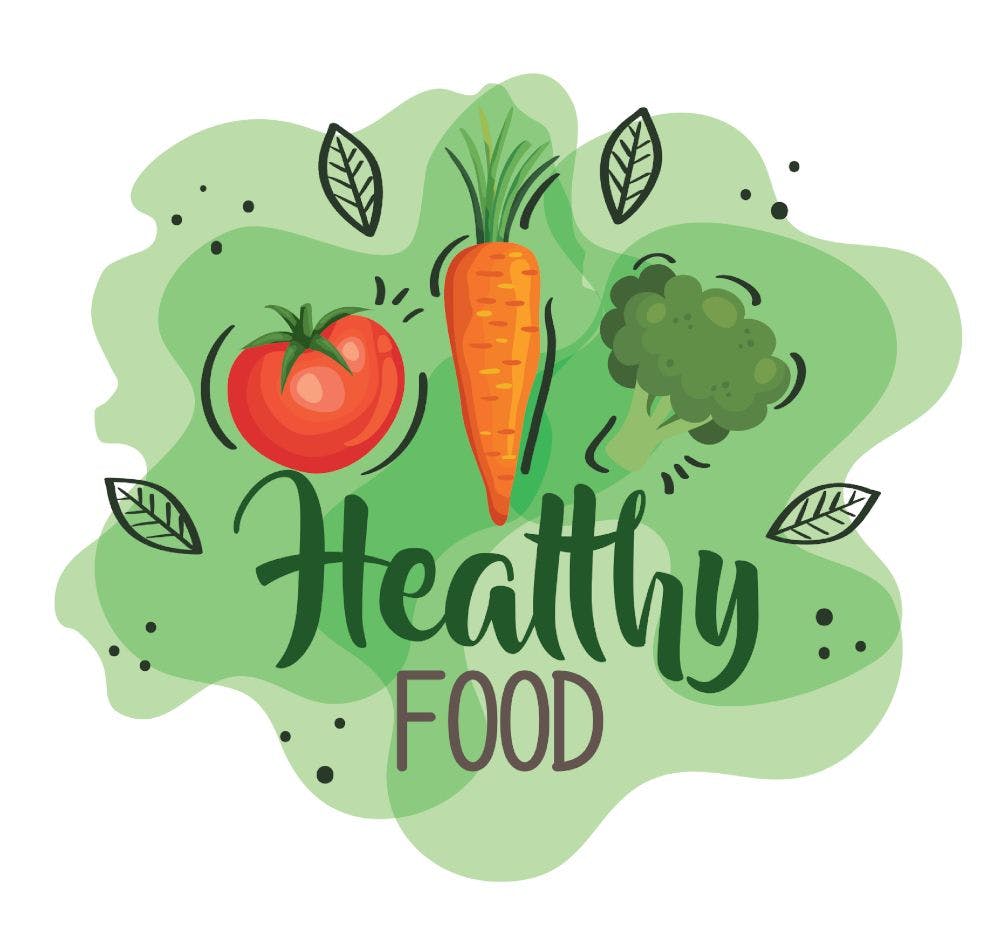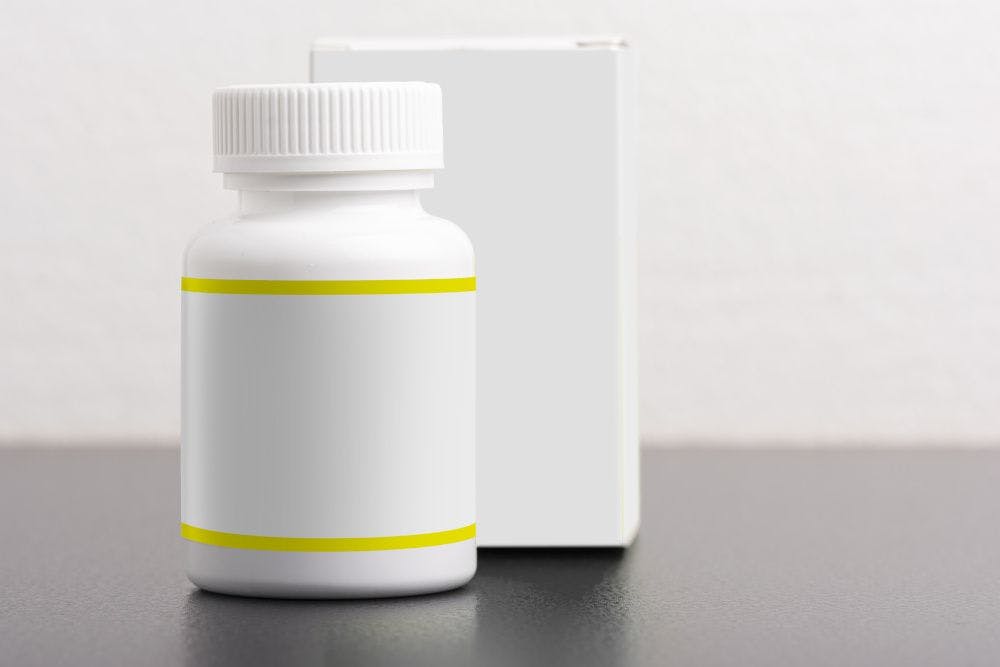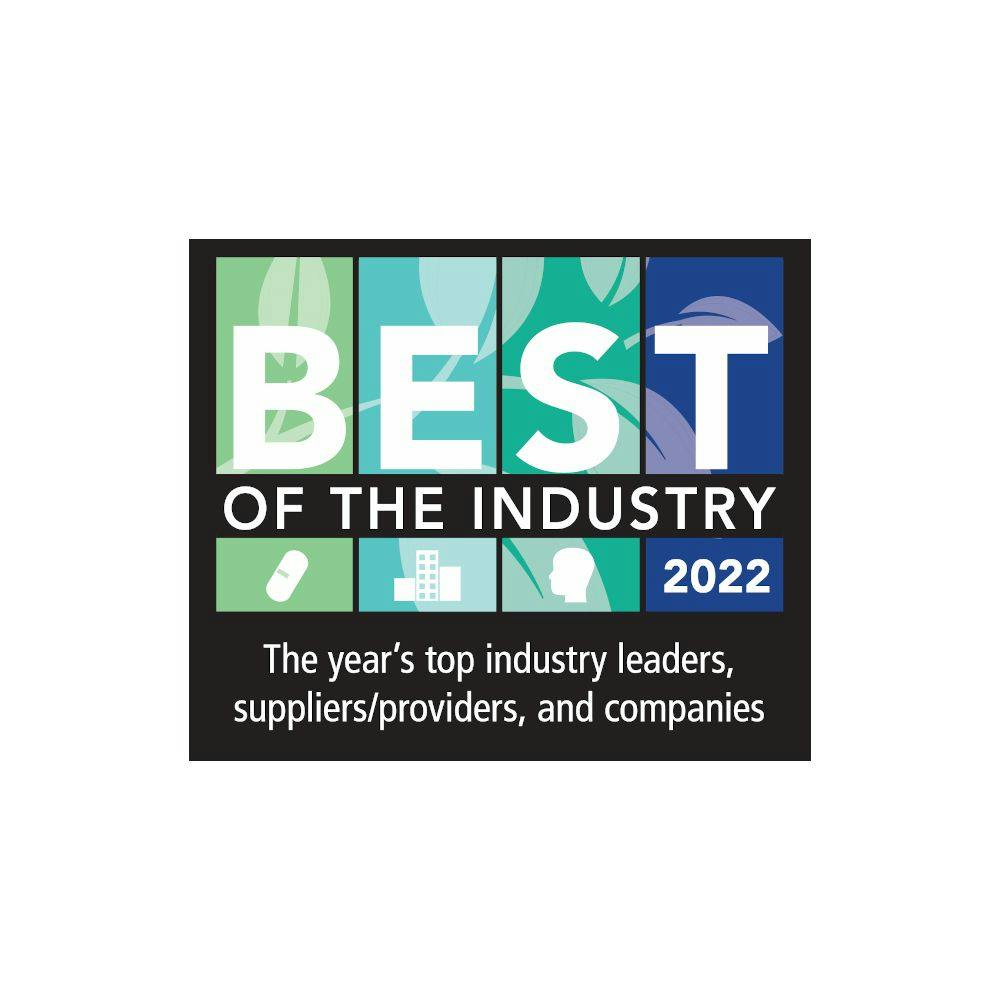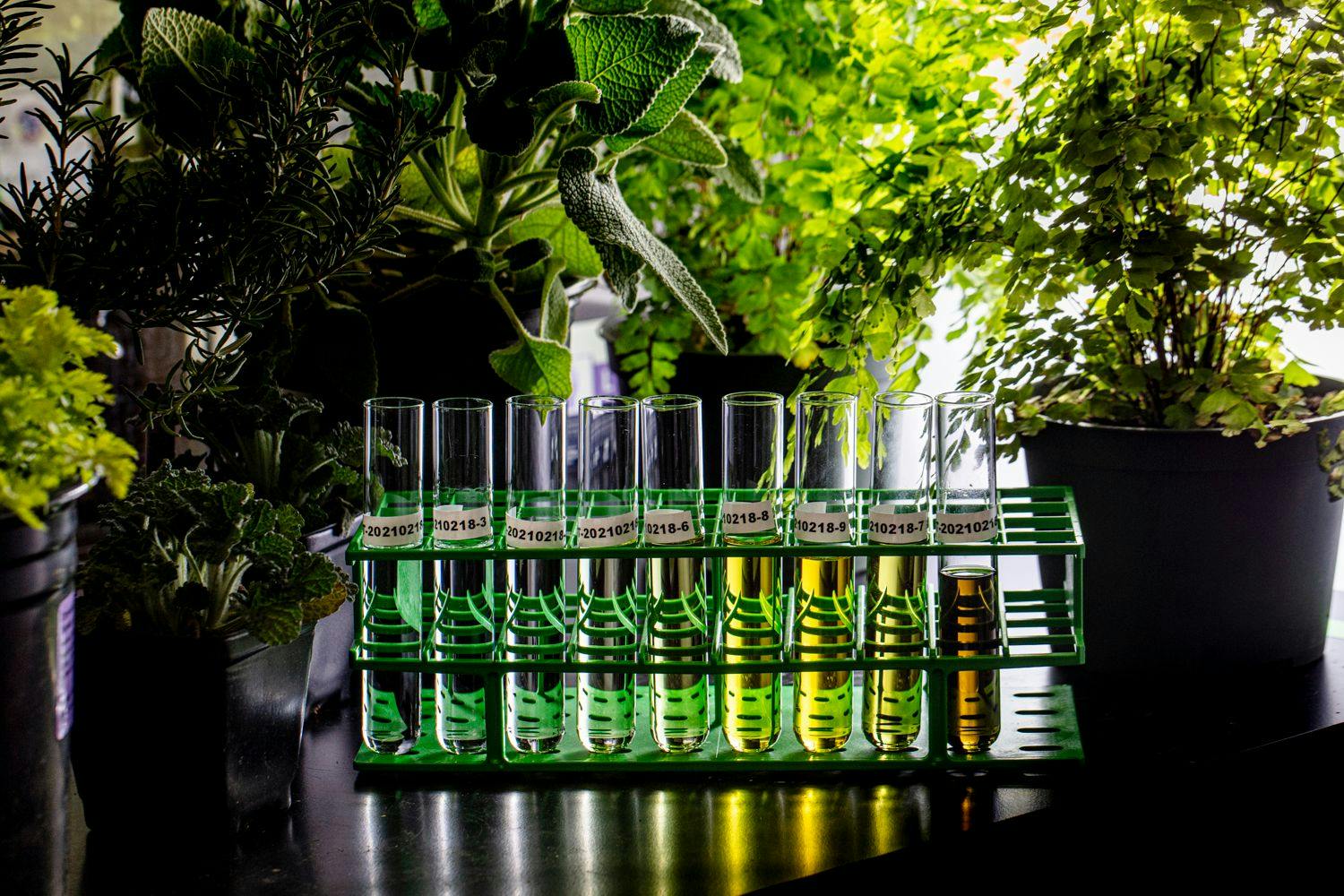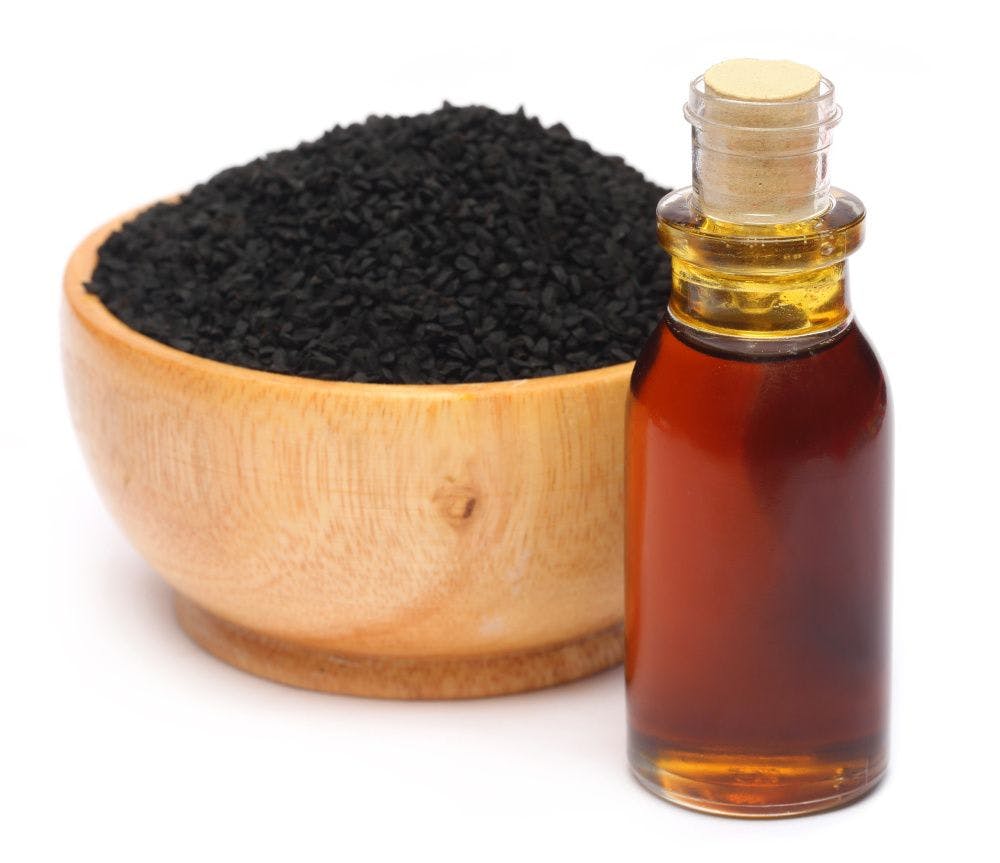Will there still be shortages of dietary supplement packaging in 2023?
Are supply chain clouds still looming over supplement packaging?
Photo © Wirestock- Stock.adobe.com
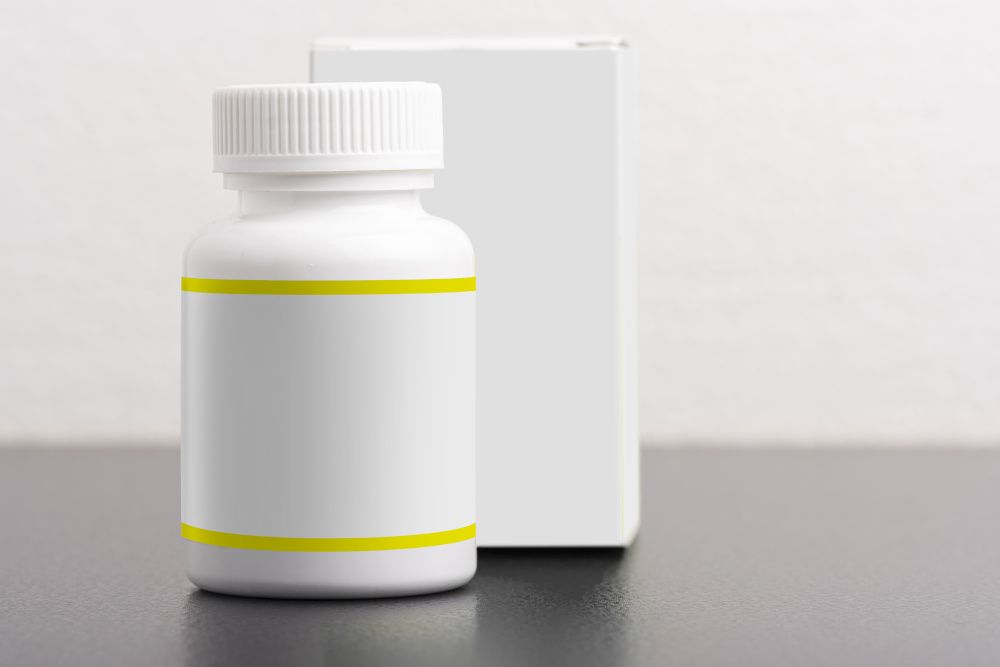
When the first wave of the pandemic hit in early 2020, it would have been nice if crystal balls were available to guide industry through the chaos of what was to come. But truth be told, crystal balls weren’t the only thing in short supply.
Even without crystal balls, it wasn’t long before the disruptive shake-ups would become all too clear.
From a business-related perspective, ingredient shortages were among the first problems to become obvious; however, many quickly realized that packaging was going to be an issue, too. (See here and here.) Let’s face it: when any part of the supply chain faces interferences or disorders, things usually don’t go smoothly, unless you’re a fan of the domino effect.
Bill Fullerton, branch manager for Berlin Packaging (Chicago), is intimately familiar with the intricacies of the packaging industry and knows firsthand how fragile the threads that tie packaging to finished products can be. Especially when dealing with the rolling effects of a pandemic.
“Nutraceutical—and pharmaceutical—products require a full range of packaging components and materials, including glass, rigid and flexible plastic polymers, cotton, desiccants, and metal,” says Fullerton. “This variety can add complexity when it comes to the supply chain.”
It’s no wonder that two and a half years since the pandemic earthquaked lives and industries worldwide that packaging companies and their customers are still navigating the disruptions. Fullerton says disruption remained a concern into mid-2022; others in the industry are still waiting for packaging issues to settle down.
Despite it all, savvy executives have found ways to cope with the lingering packaging problems.
Seeking Solutions Through Flexibility
Haley Dowdall is a package engineering manager for brand leader Olly, a job not for the faint of heart in these times. She says, “It seems that at some point in 2022, every type of material was at risk of going out of stock or going on allocation. We had specific challenges with PCR resin,”—postconsumer recycled resin—“equipment lead times, paper liners for pressure-sensitive labels, and any material that had to be imported from Asia.”
For a brand like Olly that is known for, among other things, its distinct packaging, this is the scenario from which nightmares are made. Francis Lau, PhD, FACN, is Olly’s director of scientific affairs. He explains that “our unique packaging is key to consumers recognizing the brand on shelf. The square bottle and white cap are integral to every pack we put out on the market.”
He adds that “our benefits-driven label design allows consumers to easily understand what exactly each product does, as opposed to [consumers] trying to decipher difficult-to-understand messaging that is commonplace in the nutraceutical aisle today.”
So, what’s a brand to do? “In order to avoid business disruption,” says Dowdall, “we had to be flexible in our supply chain. In some instances, we were able to qualify alternative materials to avoid shortages, but in other instances we had to plan for longer lead times and/or cost increases.”
Flexibility Leads to Success
Flexibility is certainly something that packaging companies understand and appreciate.
Marny Bielefeldt, vice president of marketing at Pretium Packaging (St. Louis, MO), shares some specific examples of how flexibility can lead to success. “For customers who have specified resins, particularly when the resin is part of an FDA filing, we work with them proactively to qualify a second resin in case there is any issue obtaining their primary resin,” she says.
That’s one strategy for product manufacturers to consider, as Bielefeldt points out that “this is also a helpful strategy for companies that require postconsumer resins with letters of non-objection from the FDA.” She notes that Pretium Packaging has multiple sources of PCR with FDA letters of non-objection, and as such she advises that “we encourage our customers to approve more than one for added flexibility.”
Bielefeldt cites other suggestions for customers who are agreeable to flexibility and open to partnering with a packaging company that demonstrates foresight. These are the things that can make the difference between getting a product on the shelves in a timely manner or leaving the product, sans packaging, behind, waiting for the preferred bottles, containers, or whatever to arrive from whichever country can’t find it to ship it.
For instance, she says, “We have customers who have had issues getting glass packaging from overseas, so I would encourage those brand owners to consider recyclable resins that can perform as well as glass, with lower greenhouse gas emissions.”
“Even for products that require higher filling temperatures, there are hot-fillable polyethylene terephthalate (PET) containers, polypropylene options, and crystal styrene when a package needs to be as clear as glass,” Bielefeldt adds.
From Shortages to Surpluses
From Lau’s perspective, “It’s always good to have backup material options and secondary suppliers for raw materials just in case.”
Fullerton finds that “one of the most significant challenges for nutritional products was a shortage of heat induction liners used in closures to provide a hermetic seal.”
And although he advises that the shortage situation has “improved substantially,” he’s not alone in warning of the next wave on this rollercoaster ride.
Take a deep breath and wait for it. In an effort to get ahead of future shortages, Fullerton says that manufacturers made considerable investments to increase capacity—resulting in an oversupply of many components.
The latest survey data from supplements trade association the Council for Responsible Nutrition (CRN; Washington, DC) suggest that consumer demand for supplements is coming back down to earth. The trade association’s 2022 Consumer Survey on Dietary Supplements shows a not-unexpected decrease in supplement usage, moving from last year’s survey high of 80% back down to pre-pandemic levels of 75%.
How the reality will play out of stored packaging supply overages knocked up against a decrease in consumer demand—and who will ultimately shoulder the financial burden—still remains to be seen. But one thing to consider is the relationship between packager and customer. The right relationship can go a long way in easing fiscal pain.
Relationships Matter
As with so many things in business—and in life, for that matter—the bottom line comes down to who you know, who you trust, and who you pick to take you to the dance.
Fullerton says this: “Having the right packaging supplier partner has never been more important.”
In broader terms, Fullerton makes the case that Berlin Packaging, with its 100-plus years of industry experience, over 6 million square feet of warehouse space (in North America and Europe), global access to 50,000+ packaging components, supply chain expertise, and more helps Berlin “eliminate shortages and disruptions.”
Drilling down, Fullerton shares that the company “closely monitors resin and raw material costs, ocean freight conditions, global and domestic transportation rates…” and shares market dynamics and supply chain intelligence with its customers, working with them to find cost-saving solutions.
In an effort to encourage supply agreements that help eliminate shortages and interruptions, Fullerton says, “For example, we have secured line time commitments to protect our customers and continue to supply aluminum cans while other suppliers aren’t allotted the capacity.”
Another core value for Pretium is sustainability. “For more than 15 years, Pretium has worked with customers to use more sustainable materials such as postconsumer resins and bioresins,” according to the company website, which also boasts that “[Pretium has] served as an R&D partner to universities, private companies, and inventors who all seek to develop packaging that is kind to the Earth.”
From its birth in the 1990s, Pretium has also focused on expansion, mergers, and acquisitions to further its “capabilities in multiple markets with the same goal: to serve customers effectively with high-quality packaging as quickly as possible.” The two most recent acquisitions took place in 2021 when Pretium acquired Alpha Packaging (St. Louis) and Grupo Edid (Lerma, Mexico).
For Olly’s Dowdall, in seeking a packaging mate, she starts with one of Olly’s key values: transparency. “We really try to foster an environment of open communication with our packaging companies and suppliers,” says Dowdall. “That way, partners feel open to share when they are having supply issues, etc., so we can strategize together on a plan of action when issues arise.”
Dowdall adds that “we have great relationships with our packaging suppliers and copackers. Overall, our suppliers have been very proactive throughout these supply chain disruptions and have been able to get in front of issues by securing raw materials ahead of time and finding equivalent alternatives.”
Heading into 2023 with High Hopes
Overall, things seem to be looking up for 2023 for packaging companies and their customers.
“Going into 2023, we don’t foresee any packaging shortages for the virgin materials we utilize most frequently, such as high-density polyethylene (HDPE), polypropylene, and PET,” says Bielefeldt. She adds, “We also have reliable supplies of postconsumer PET that carries FDA letters of non-objection.” In addition, the highest grades of postconsumer HDPE are also available, but can be more expensive.
Meanwhile, “Because of Berlin Packaging’s strong global presence and thousands of supplier partners around the world,” states Fullerton, “we have virtually no supply shortages. We are successfully sourcing cost-effective and timely packaging solutions for our nutraceutical customers.”
All of that would seem to be good news for finished-product manufacturers, marketers, and retailers.
“We are expecting the supply issues to normalize somewhat compared to 2022,” says Olly’s Dowdall. However, no one could blame her for hedging her bets. She adds, “That said, no one can predict the future, so we need to continue to be agile and scenario plan for alternate options if needed.”
If anyone can get a line on crystal balls, now might be a good time.
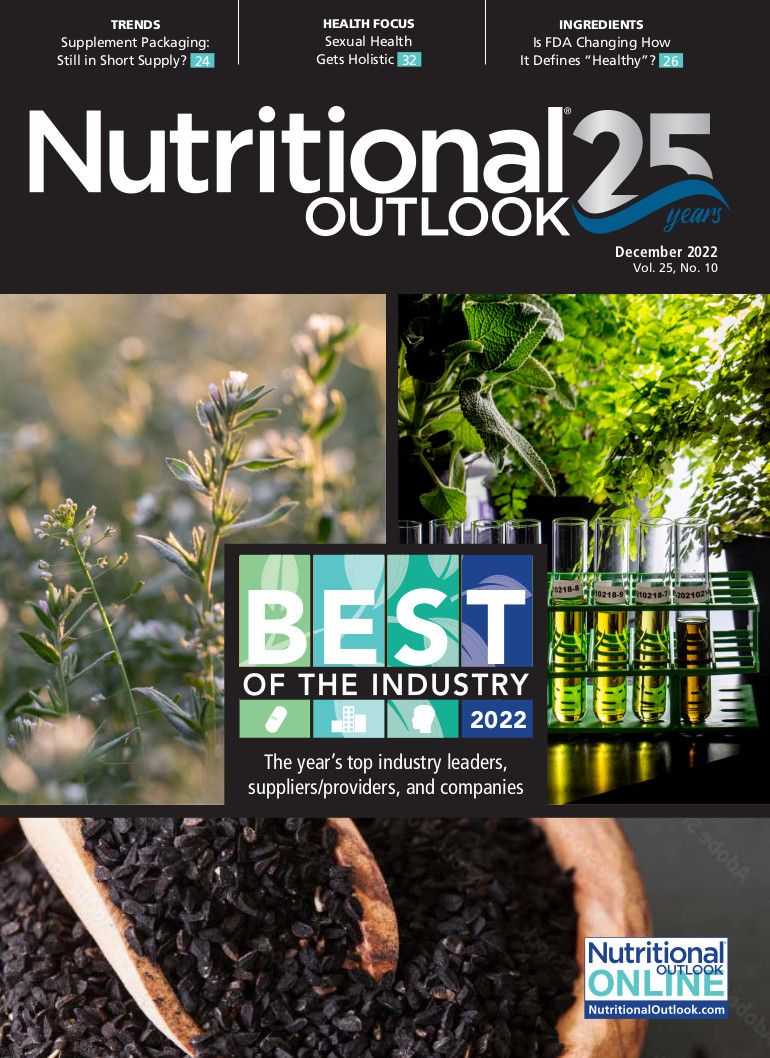
Prinova acquires Aplinova to further increase its footprint in Latin America
April 7th 2025Prinova has recently announced the acquisition of Brazilian ingredients distributor Aplinova, which is a provider of specialty ingredients for a range of market segments that include food, beverage, supplements, and personal care.




